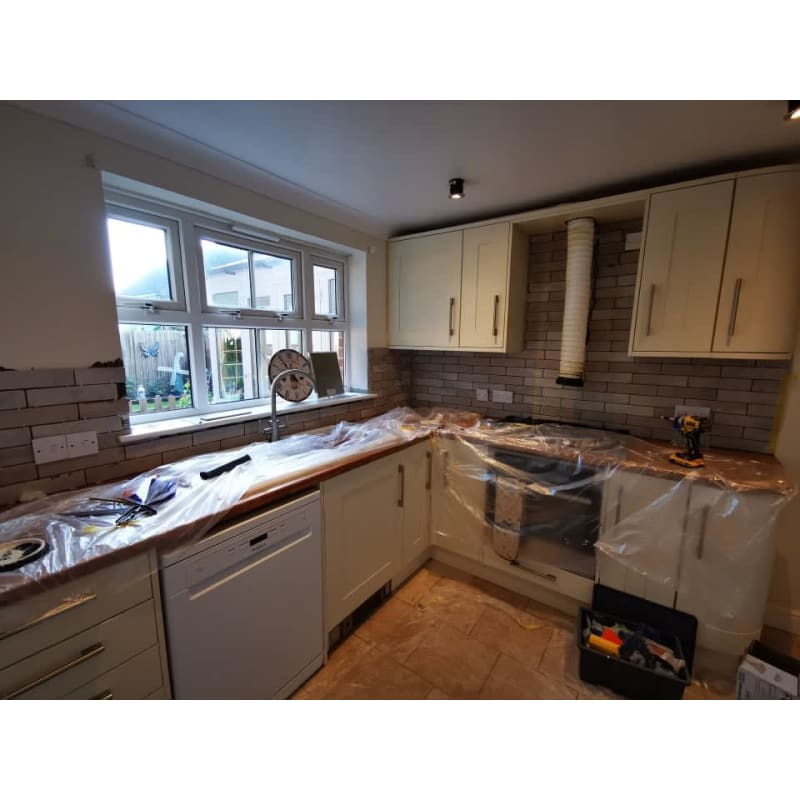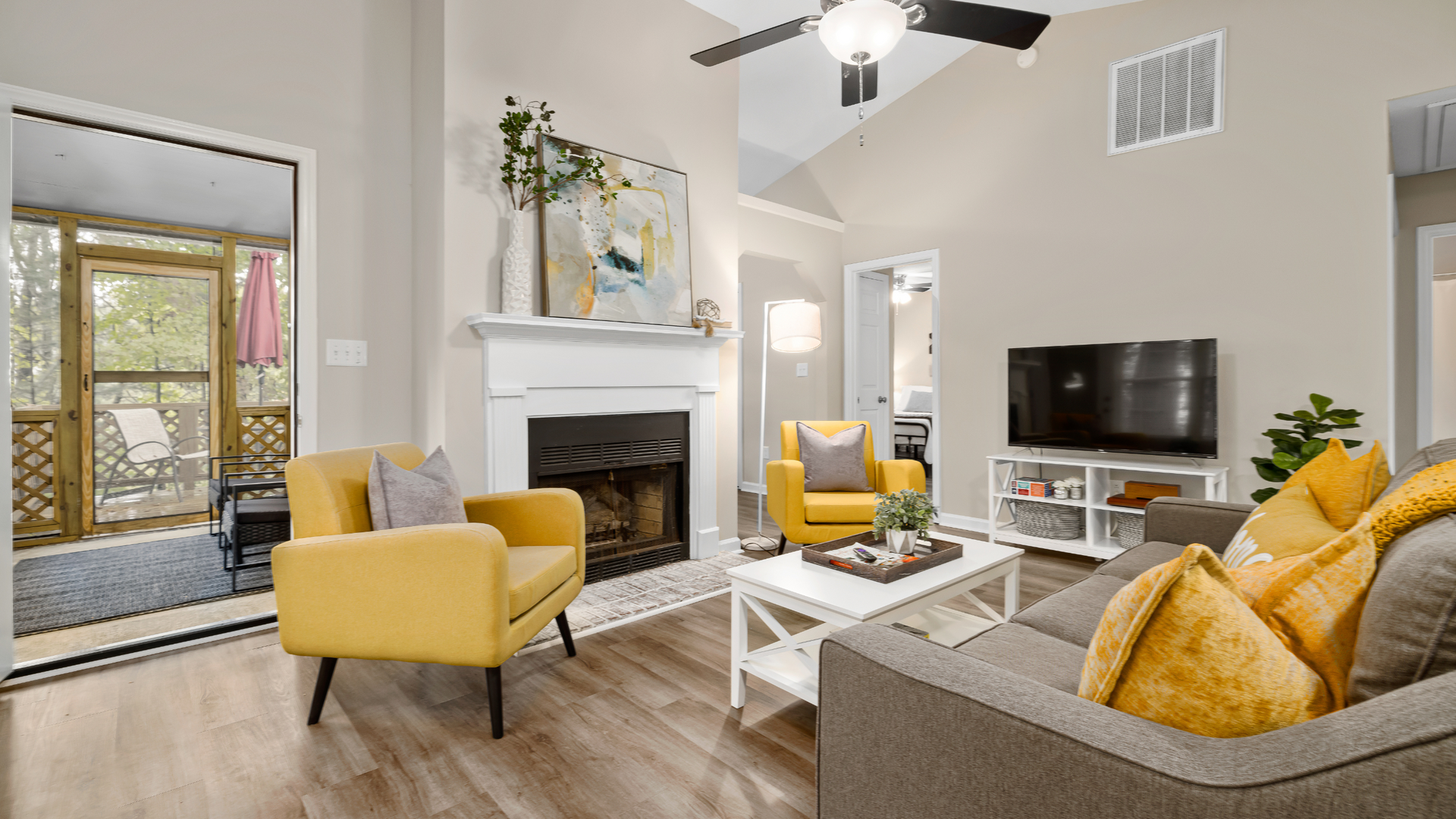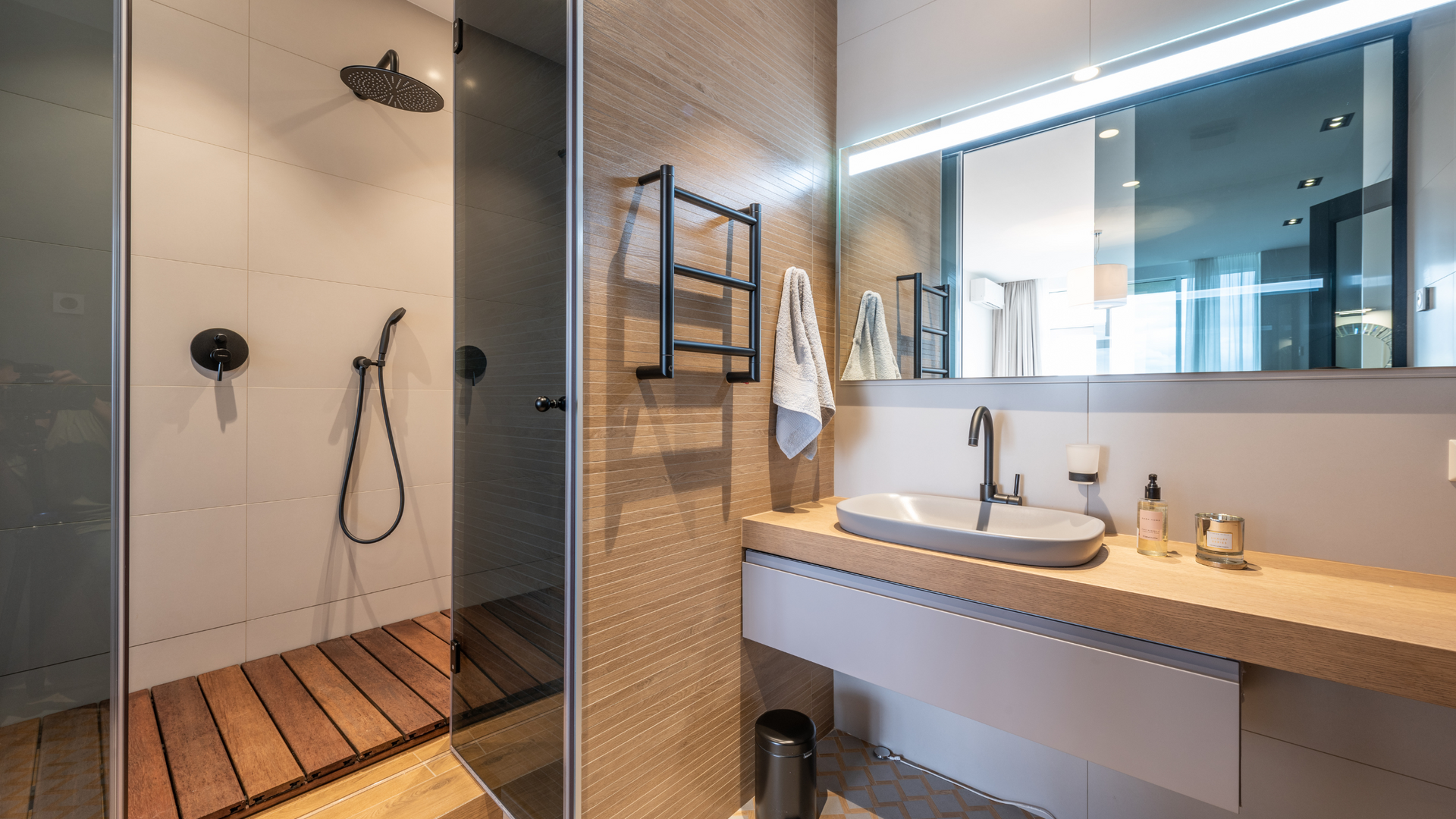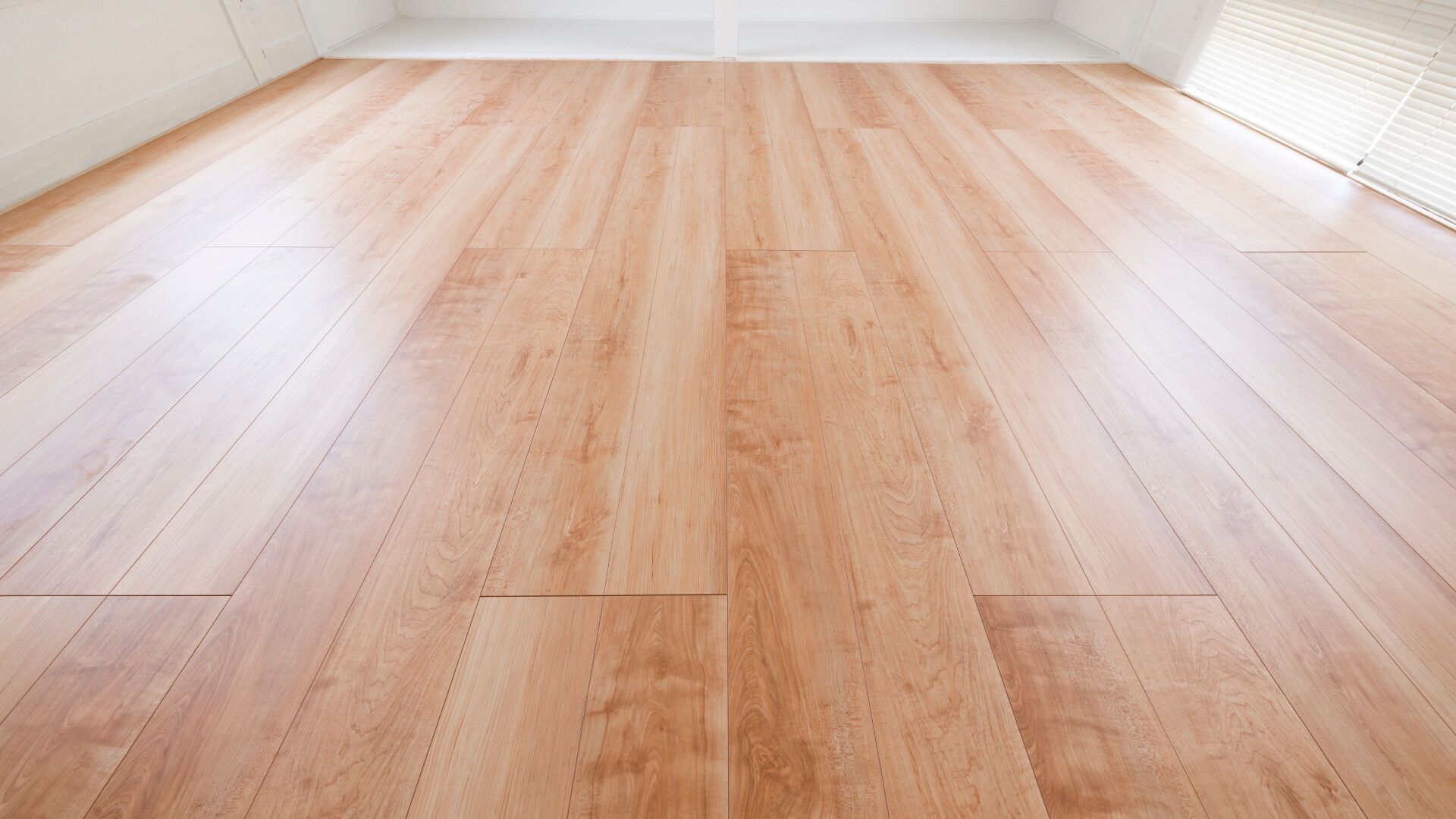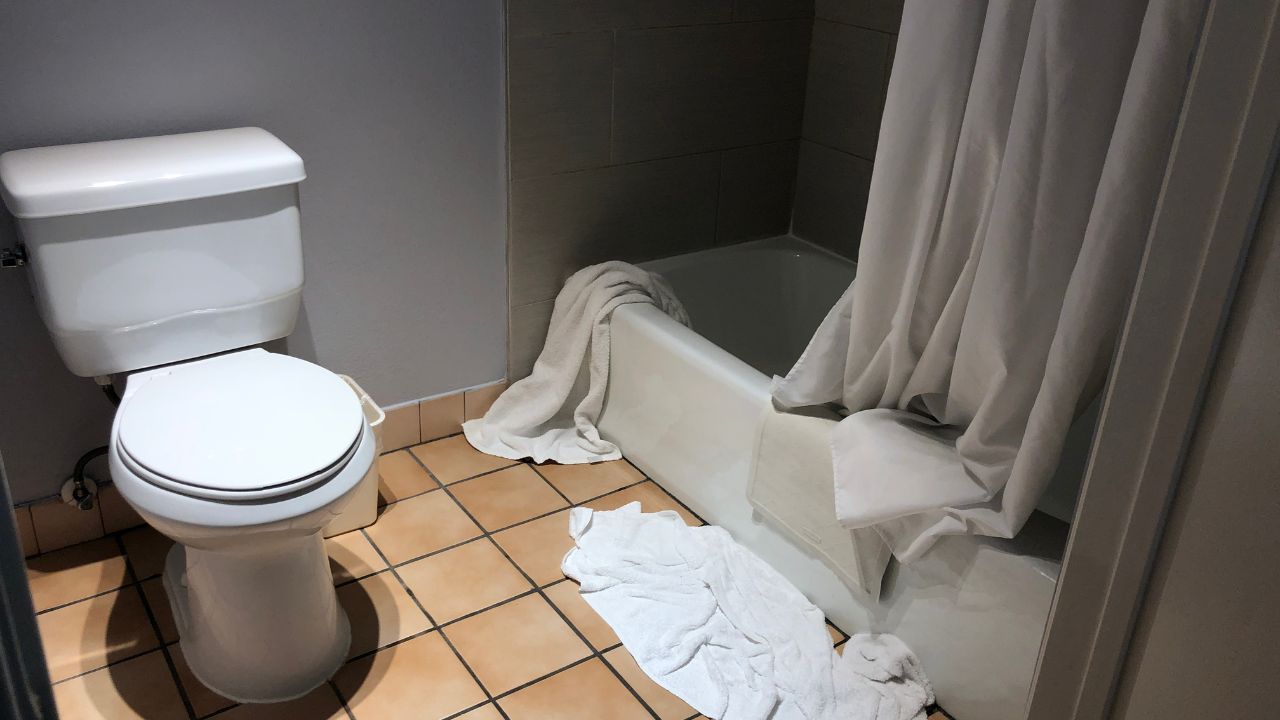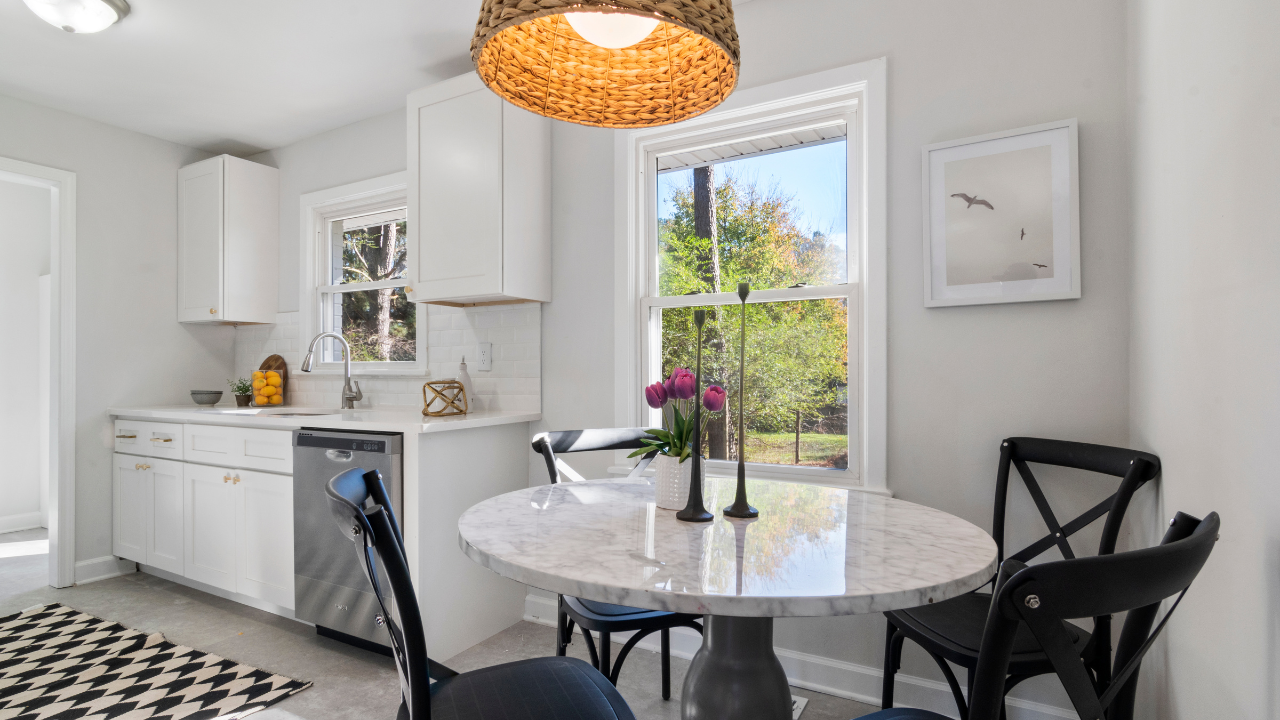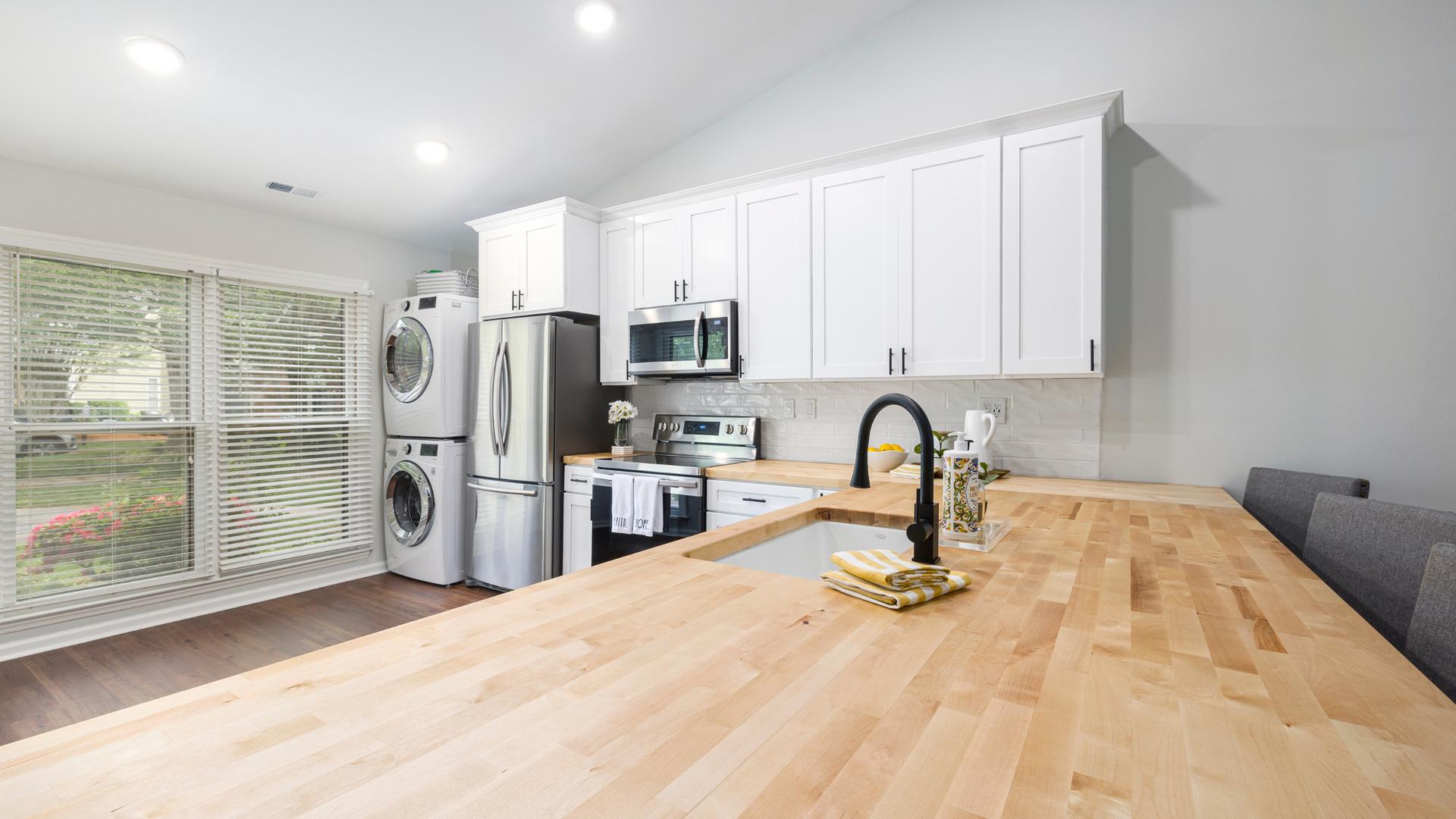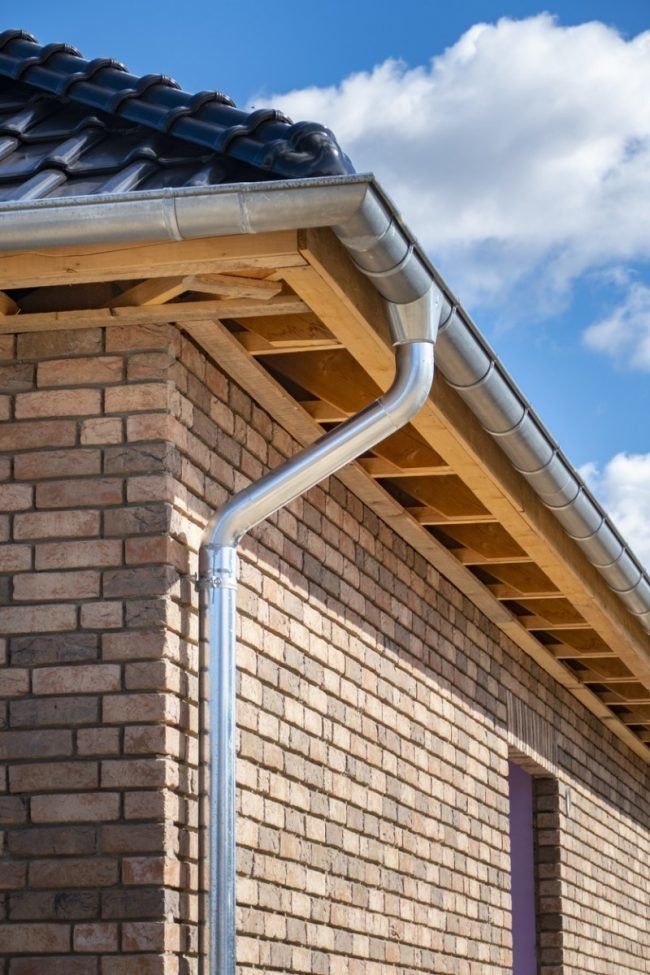How to Lay Artificial Grass
How to Lay Artificial Grass

Do you have an untidy garden and no time to sort it out? We have a one-time option for you that will not only save a lot of time but also hassle in maintenance over next few years: artificial grass! An alternative to grass, that is not only budget-friendly but can also add a taste of class to the exterior of your humble abode...
Here is a 5-minute, DIY step-by-step guide on how to lay artificial grass, so that whether you're a novice or a pro, you can ensure a superb finish:
1. Digging out your Dimensions.
Start by clearing the weeds and digging out approximately 10cm of your soil. This ensures the artificial grass won't look unnaturally tall over paving or decking. This process is incredibly important to get right and is one that will require patience and precision.
2. Sub-Base.
A sub-base underneath the artificial grass will allow water to seep through, reducing the possibility of flooding. This will also prevent the grass from sinking into the soil, as it has a foundation to ensure it remains both levelled and supported. Your foundations are always what you build from, and a solid, well-considered foundation will provide you with the basis for success!
3. Levelling Using Sand (Optional).
Whilst optional, you could consider scattering a layer of sand underneath the grass to level this out a little more. However, this should already be reasonably level, due to the sub-base causing this step to be optional.
4. Weed Membrane.
Place the weed membrane sheets over the sub-base to reduce the likelihood of weeds growing through the grass, eliminating the chance of penetrating the plastic, and needing it to be replaced.
5. Roll out the Artificial Lawn.
Roll out the artificial lawn towards the main viewpoint to stop the lawn from looking unnatural.

6. Trim and Tidy.
Trim back the overlapped edges with a Stanley knife, simply by running the knife along the stitch lines not through them (to not ruin the grass). Cut through the Latex cloth and not the grass itself.
7. Remove the stitches.
After removing the stitches, apply an adhesive using a cartridge gun onto the joint in a zigzag motion to keep this securely in place. Hold the grass back and apply slight pressure to smother the product across the entirety of the join. Do this carefully, making sure the glue does not go onto the grass as this could ruin it. Brush the edges of the joint to hide them from plain view.
8. Pin the grass down.
With the use of a hammer, slowly hit the pins into place, leaving a space of approximately 20-30cm from each to secure the corners properly.
9. Sweep the grass.
Make sure to get rid of any dust or dirt on the grass once it has fully dried before scattering silica sand onto the grass and filling in the piles. Once you have applied generously, leave to dry for roughly 2 hours. Once this has dried, your grass is ready for use! Now time to decorate with that, all-important garden furniture!
To learn more about our fence installation services or for any other property maintenance enquiries, simply email us at info@jp-propertymaintenance.co.uk or call our landline on 01953 542 313.

